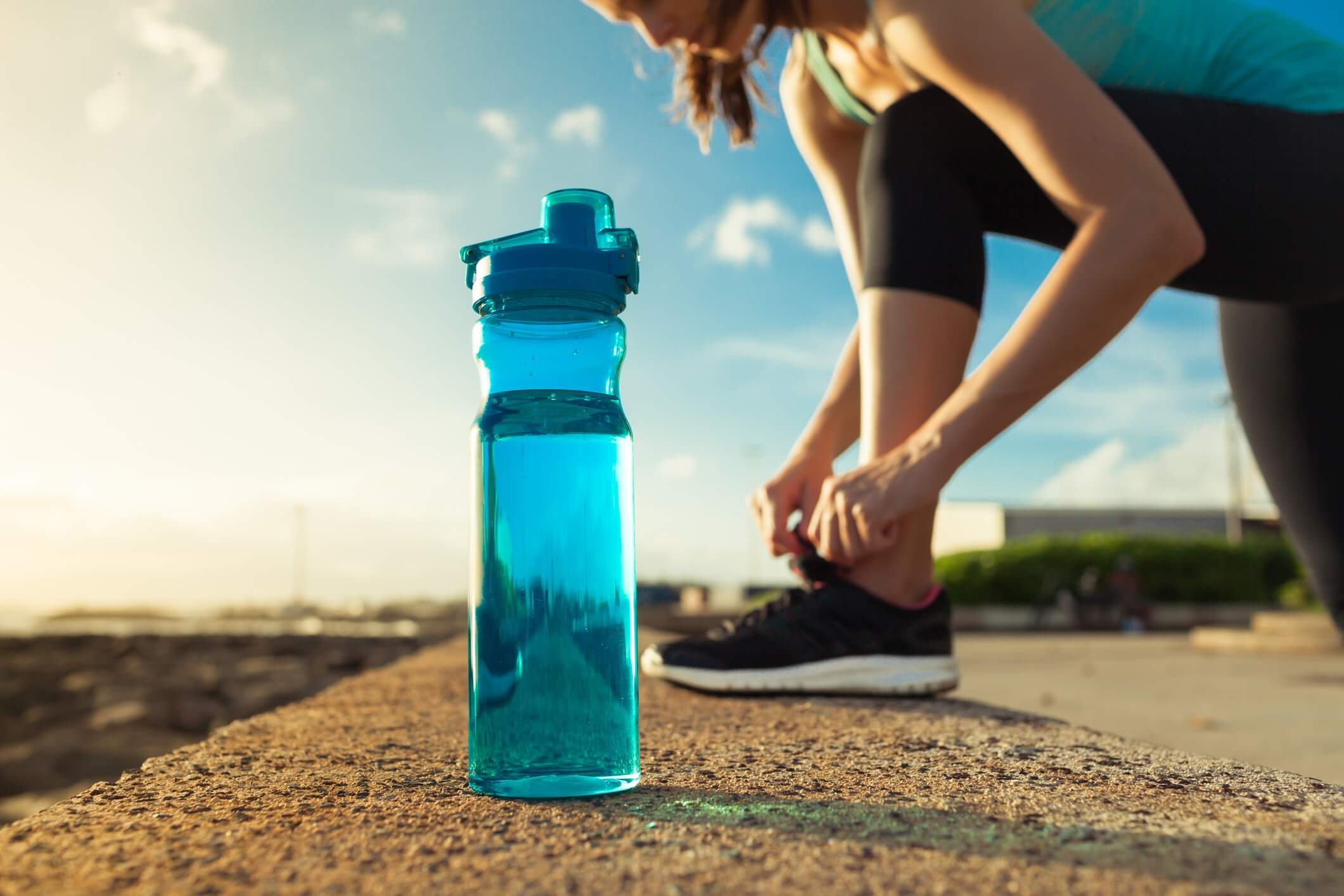 You have a busy schedule and you’re trying to live a healthy lifestyle. But finding the time to get in a workout proves to be a difficult task.
You have a busy schedule and you’re trying to live a healthy lifestyle. But finding the time to get in a workout proves to be a difficult task.
Many exercises can be effective and yield results. But first, here are five tips to get you started as you create a realistic routine that is catered to your busy schedule:
- Plan Ahead
Planning allows you to look at your daily schedule and identify ideal times to work out, increasing the likelihood of completing a task by finding a way to fit it in rather than finding an excuse to skip a workout. Plan to succeed by bringing your shoes and workout clothes to go on a walk during your lunch break. Carry your gym bag, including shower supplies in your vehicle.
- Schedule It
Once you’ve planned your workout, schedule it. Write your exercise time in your planner, create a calendar entry with an automatic reminder, or reserve your spot in a specific workout class. Consider your workout time as important as a work meeting or dental appointment. Once you’ve allotted the time, avoid using “I don’t have time” as an excuse.
- Allot 10 Minutes, Three Times a Day
A common misconception is the more time you spend working out, the more results you will see. Aim for 30 minutes of activity, five days per week. The 30 minutes daily does not need to be consecutive. Consider splitting the time into 10- or 15-minute segments throughout your day. A workout is beneficial, no matter how long or short. Allow yourself 10 minutes to get your heart rate up. Use breaks in your day to go for a walk, or do pushups or jumping jacks, and you’ll benefit from the activity.
- Do the Little Things
Small tactics add up to big results. The short activities you do throughout your day will significantly affect your fitness goals. In addition, participating in short activities throughout the day keeps workouts from feeling overwhelming.
Here are some short activities you can try:
- Take the stairs instead of the elevator.
- Try parking further away from your destination to get in your steps.
- Complete 10 pushups when you wake up in the morning.
- Do jumping jacks, squats, or burpees during commercial breaks while watching TV.
- Replace a daily distraction, such as scrolling on social media, with an activity like walking around your neighborhood.
- If you sit at a desk for work, stand up every 20 minutes to do calf raises or stretches. Set an alarm to keep you moving throughout the day.
- Let Yourself Experiment
An intense workout routine and eating plan is not something to begin on a whim. This can cause you to quit as quickly as you start. You will be less successful if you decide to exercise and change your nutrition impulsively. Find a workout and nutrition plan you enjoy and can continue long-term. Allow time to experiment with different workout routines and activities. Start slowly and reflect on how you feel. Identify personal fitness goals and realistic nutrition plans.
Here are Five Workouts That Yield Maximum Results:
- Quick Abs
- Bicycle crunches
- Plank
- Mountain climbers
- Penguin crunch
- High-Intensity Interval Training (HIIT)
- Tabata
- Going for a walk
- High-Intensity Circuit Training (HICT)
It is recommended that you consult your doctor before starting a new exercise routine, you can schedule an appointment at Jamaica Hospital Medical Center’s Ambulatory Care Center by calling (718) 206-7001.
All content of this newsletter is intended for general information purposes only and is not intended or implied to be a substitute for professional medical advice, diagnosis or treatment. Please consult a medical professional before adopting any of the suggestions on this page. You must never disregard professional medical advice or delay seeking medical treatment based upon any content of this newsletter. PROMPTLY CONSULT YOUR PHYSICIAN OR CALL 911 IF YOU BELIEVE YOU HAVE A MEDICAL EMERGENCY.



